- WattEV opened a new location in Bakersfield, California, its fourth electric truck charging depot.
- The site is capable of megawatt rapid charging (MCS) and is the world’s first electric truck stop using a solar-powered microgrid.
- The site features 16 dual-cord 360kW chargers connected to the grid, 15 single-cord 240kW CCS chargers, and three MCS 1,200kW rapid chargers, which draw power from the site’s solar array.
WattEV opened its fourth electric truck charging depot recently. This most recent one opened in Bakersfield, California. WattEV is an industry leader in medium- and heavy-duty electric truck charging infrastructure development and electric freight transport in America.
ADVERTISEMENT
The WattEV depot in Bakersfield will connect the San Joaquin Valley’s large agricultural sector and growing warehousing to California’s seaports and inland destinations. The 119-acre Bakersfield site is designed, owned, and operated by WattEV. The site is capable of megawatt rapid charging (MCS) and is the world’s first electric truck stop using a solar-powered microgrid.
The site uses a battery energy storage system. This is the third new electric truck charging depot WattEV has opened in California during the past month, including locations in San Bernardino and Gardena.
Transforming Commercial Truck Charging
This state-of-the-art station in Bakersfield features 16 dual-cord 360kW chargers connected to the electric grid. The 15 single-cord 240kW CCS chargers and three MCS 1,200kW rapid chargers draw power from the site’s solar array. The MCS chargers will decrease truck charging time from hours to less than 30 minutes. All future WattEV depots will include MCS charging, said the company.

“Reducing the charge time to less than 30 minutes for a 300-mile range will be a game-changer in the adoption of electric trucks,” WattEV CEO Salim Youssefzadeh said. “We developed all of our charging facilities to allow for the transition from the current CCS charging standard to the new, faster MCS charging in preparation for this evolution.”
Amenities such as restrooms and a commercial center with lease space available for food and merchandise vendors are available at the WattEV Bakersfield charge depot.
ADVERTISEMENT
During the past three years, WattEV has been building out the first freight corridors in the nation for public-access MHD electric vehicle charging. Large-scale solar-powered charging depots are currently in the permitting stages in Blythe and Sacramento, Gustine, and Taft Highway, all in California, as well as in Oregon and Washington.
WattEV’s ambitious goal is to get 12,000 heavy-duty electric trucks on California roads by 2030. The company plans to have 100 heavy-duty charging stations in operation by 2035.


WattEV built 13 semi-truck charging stations at the Port of Long Beach in California, making it the largest public charging depot in the United States. WattEV celebrated the grand opening of the Long Beach depot in July 2023.
WattEV’s Electric Truck-as-a-Service (TaaS)
WattEV offers an innovative electric Truck-as-a-Service (TaaS) model. The model provides fleets or individual operators with access to Class 8 battery-electric trucks.
Reliable maintenance support, insurance, and charging across WattEV’s network are included, all at a total cost of operation that is comparable with diesel trucks.
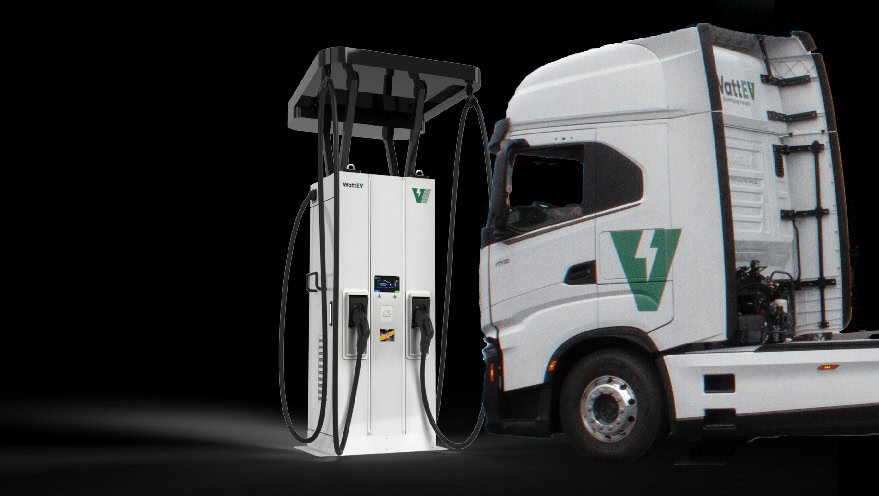
Reducing the Environmental Impact of Semi Trucks
In the heavy-duty transportation sector, large Class 8 trucks (semi-trucks) are responsible for emitting about 25% of greenhouse gas, causing global warming and climate change.
Companies that build EV truck charging stations like WattEV are paying attention, and doing their part to provide a cleaner future for us all. Building more heavy-duty and light-duty charging stations are the key to nationwide EV adoption.
ADVERTISEMENT

IMAGES: WATTEV
FTC: We use income-earning auto affiliate links. Learn more.




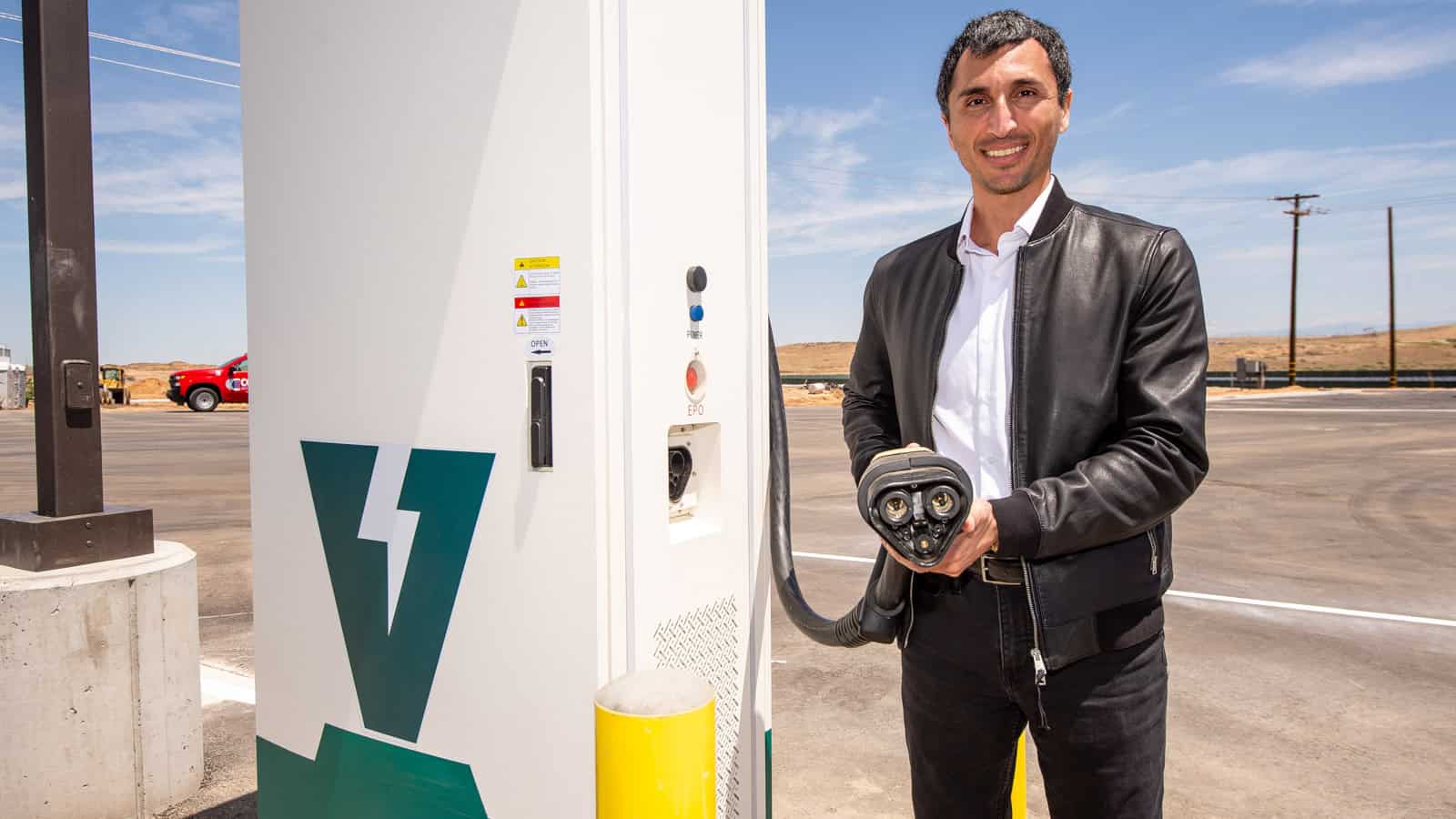

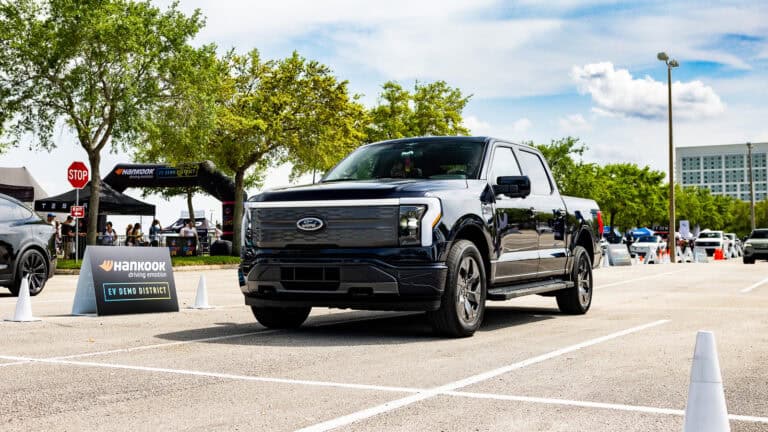
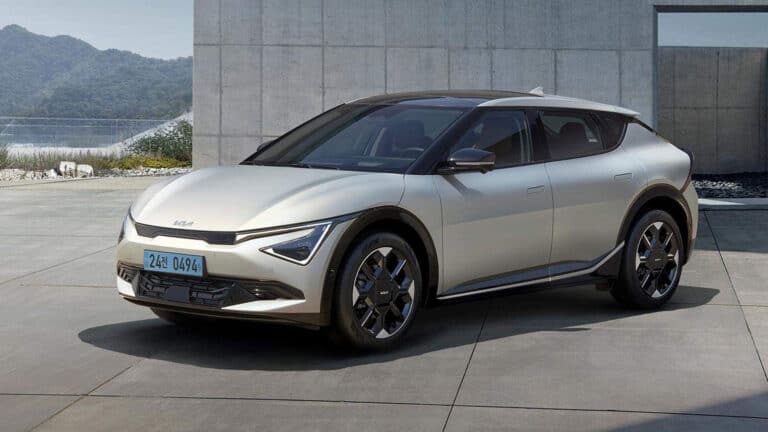
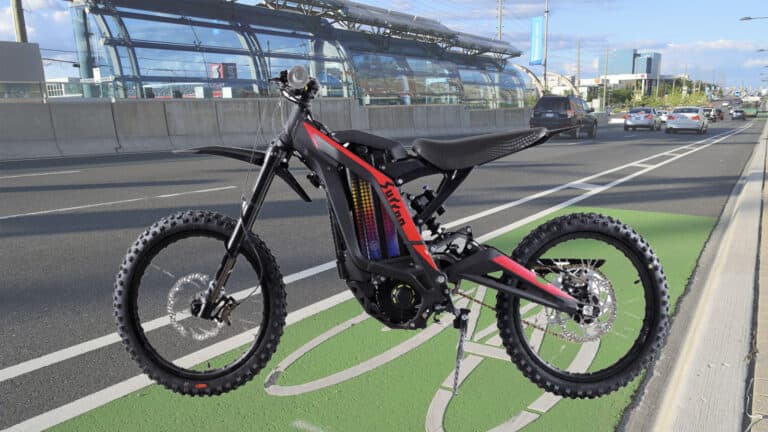










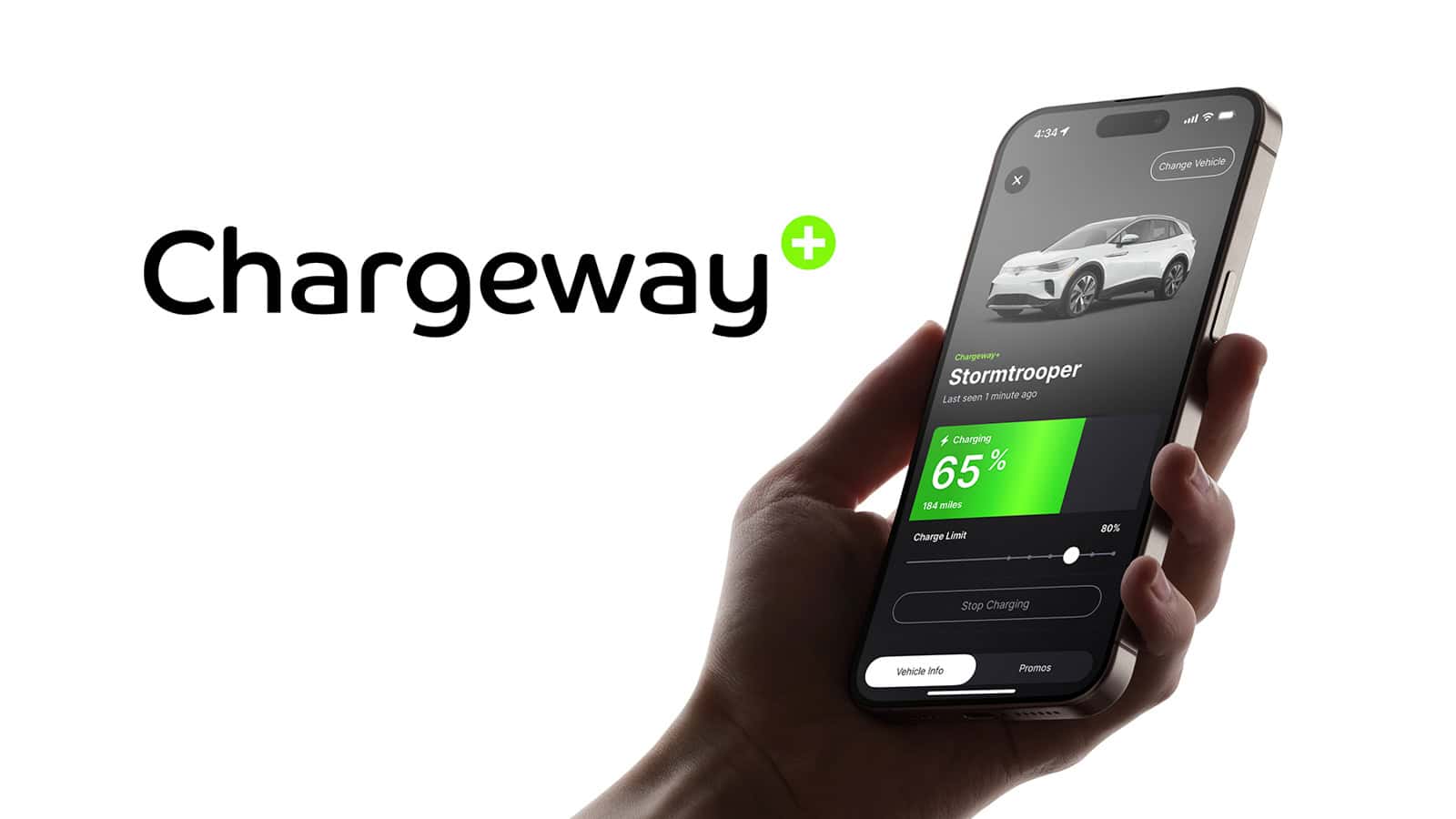
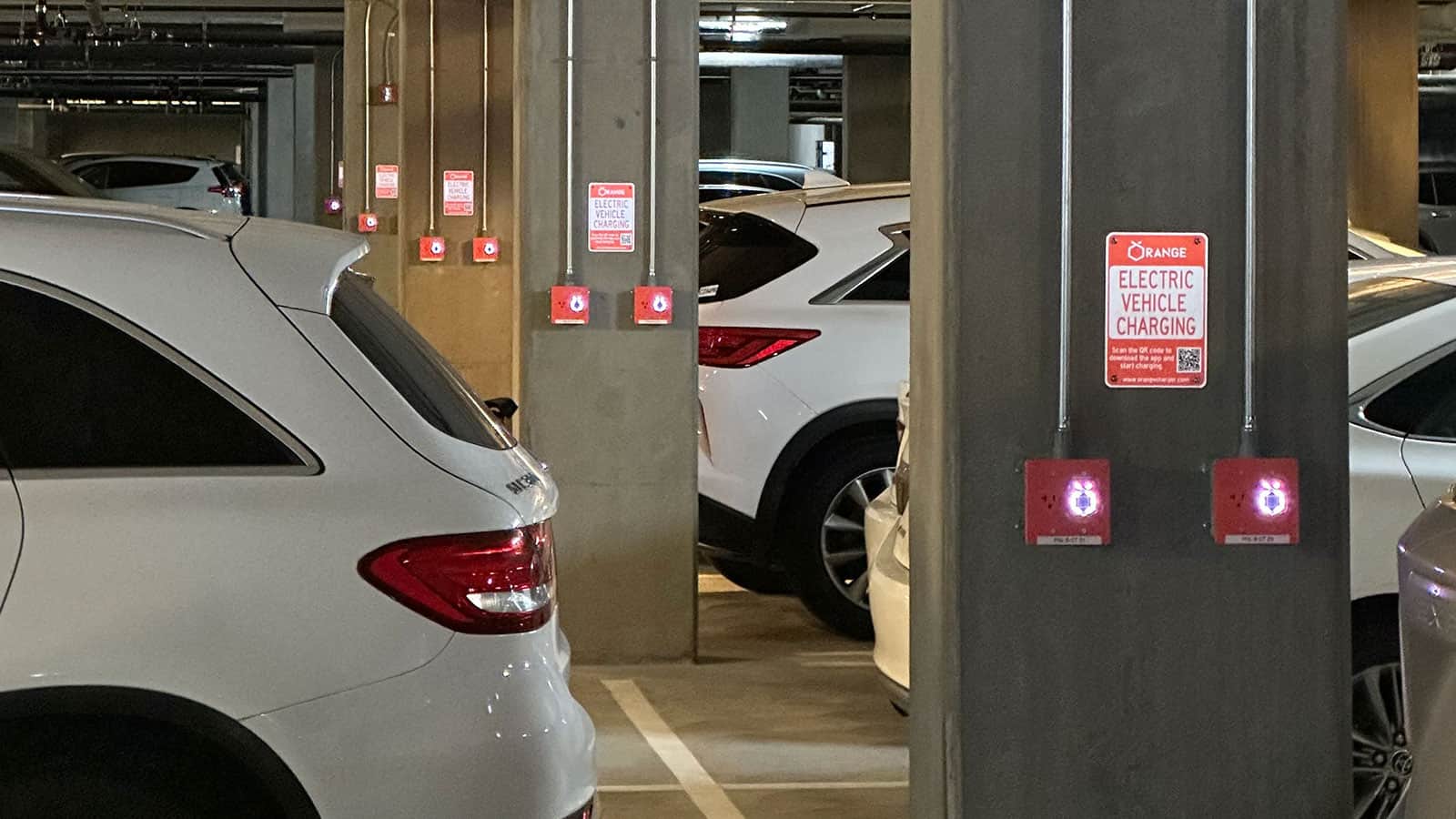
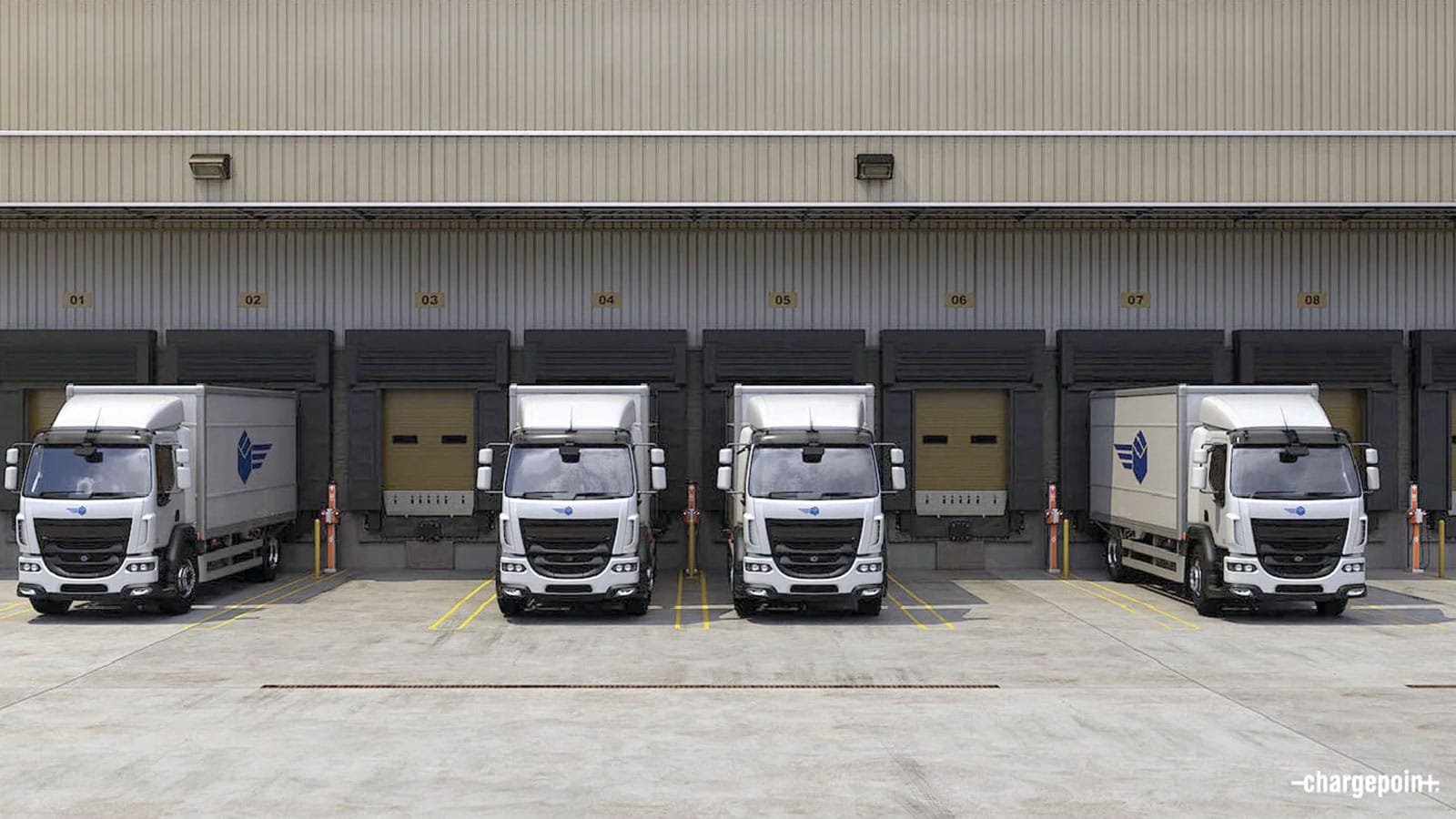
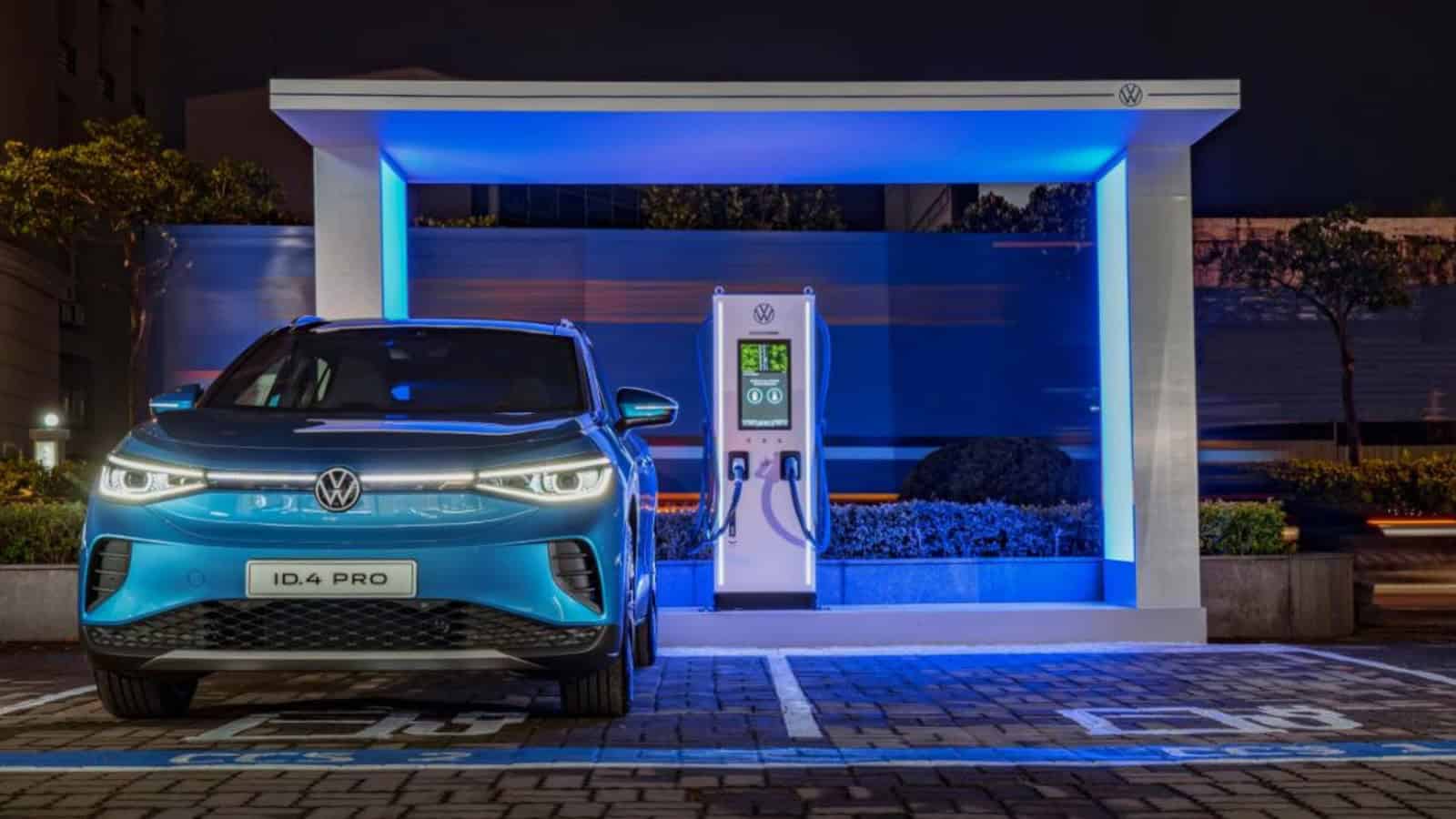
One Response